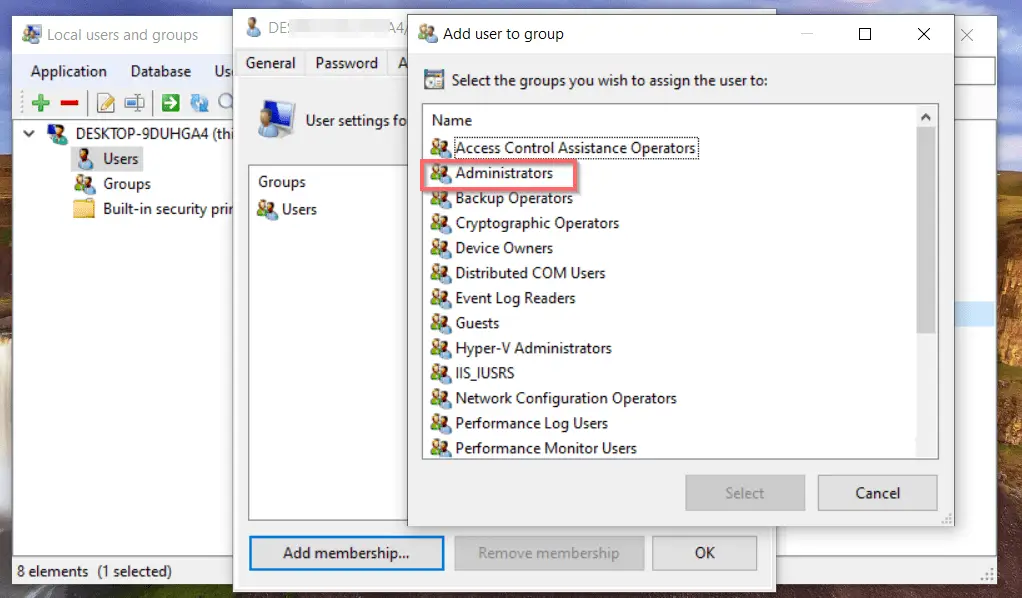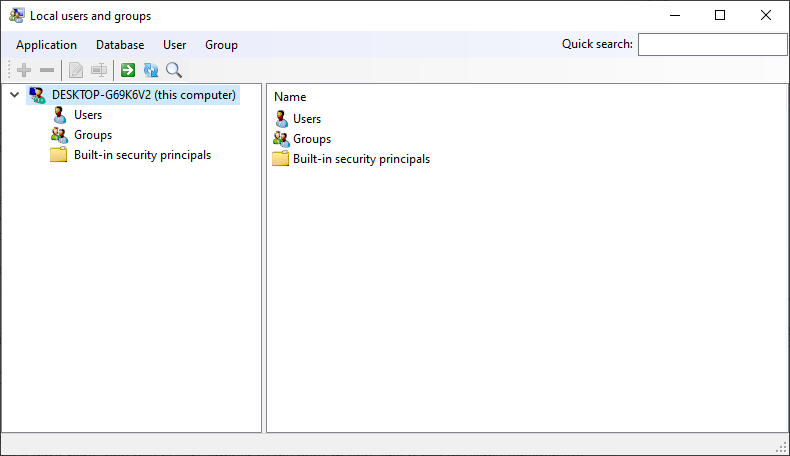



C:\Users\tl>whoami /groups /fo listĪttributes: Mandatory group, Enabled by default, Enabled group You can see that my user account is in the Administrators group. Open a Command Prompt and type the following command. Ensure you are logged in as a user who is a member of the Administrators group Local Users and Groups is not available in Windows 10 Home Edition. I’m using a Windows 10 Pro PC (not connected to a Windows domain) for this tutorial. The following guide will show how to use Microsoft Management Console (MMC), add Local Users and Groups as a MMC snap-in, and change or reset a user’s password.


 0 kommentar(er)
0 kommentar(er)
